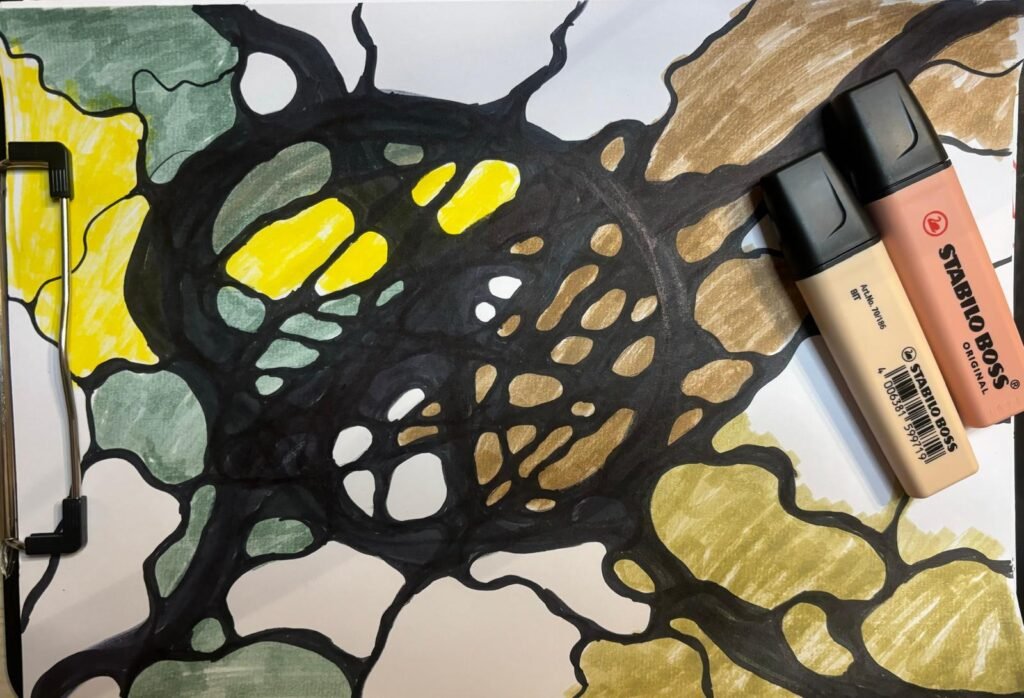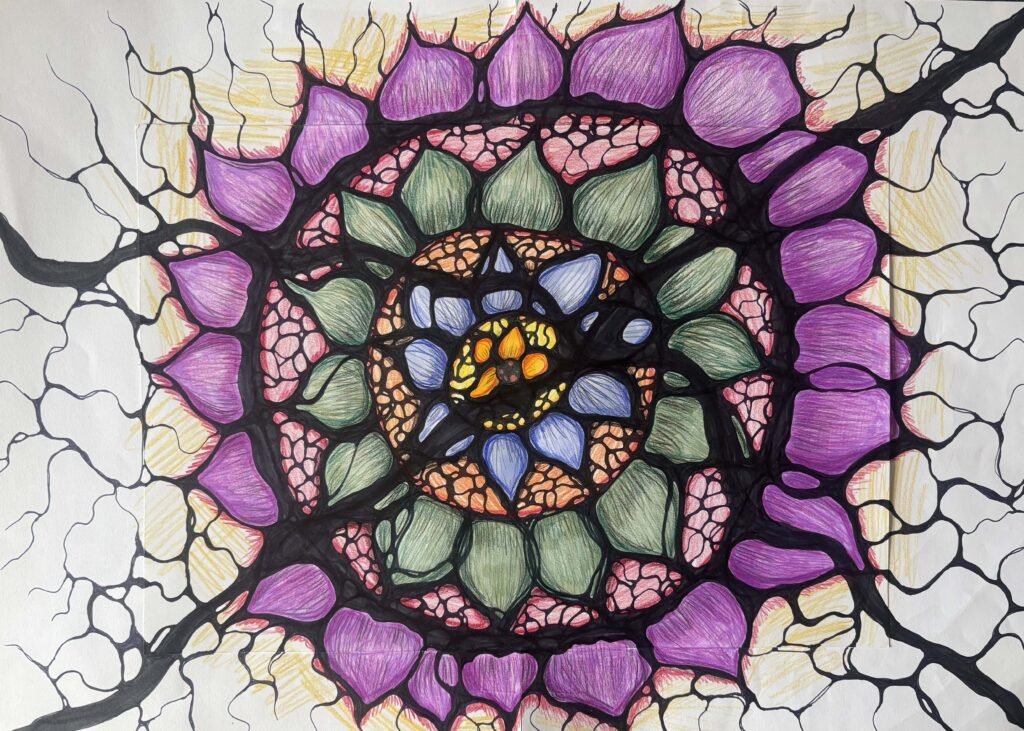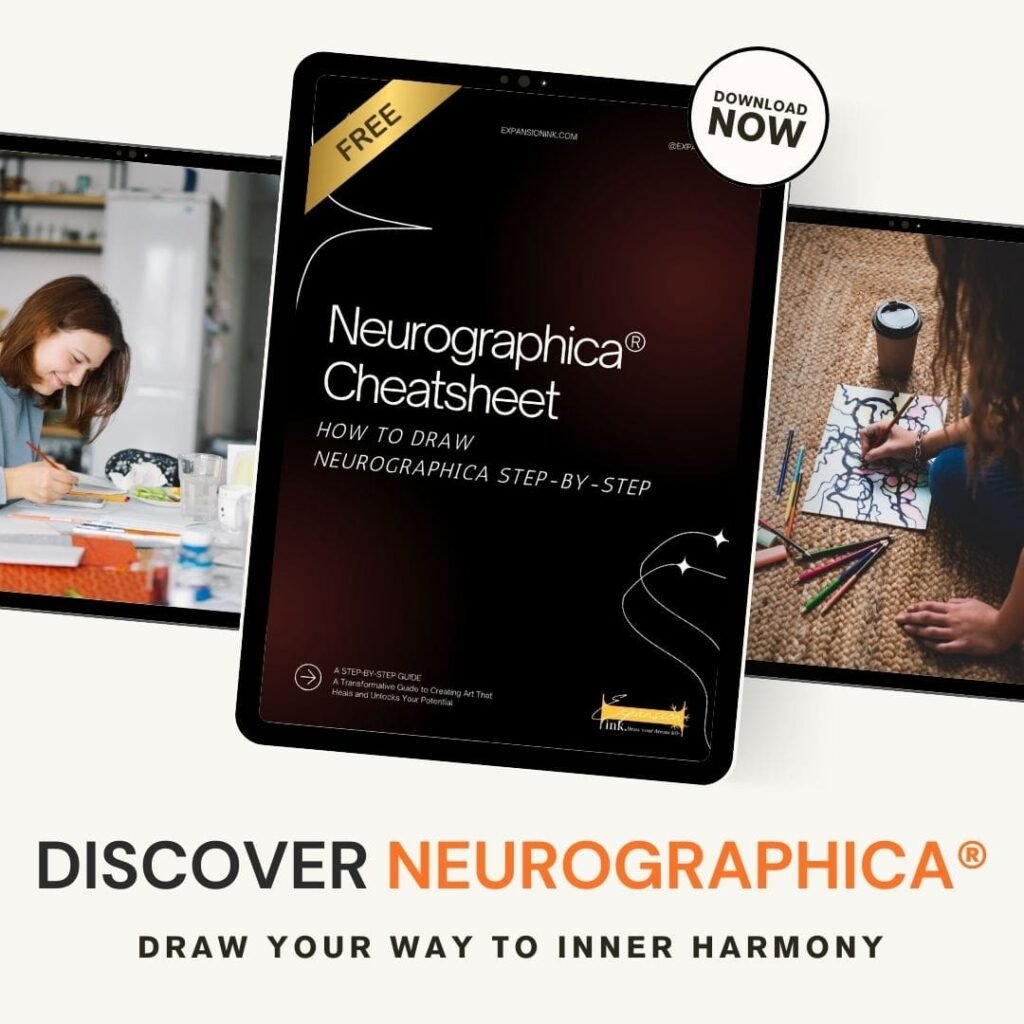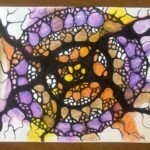
Not all art is the same, and not all lines are drawn just to decorate. Neurographica is different. It’s a creative method, not a type of therapy. Created by Pavel Piskarev, Neurographica is a structured method that helps you transform inner blocks.
You draw with intention. Each line, each round corner, supports emotional transformation. This is not about making art. It’s about activating change.
Many confuse neurographic art with the actual Neurographica method. But only Neurographica follows a precise path. In this guide, we’ll explore the real difference. You’ll learn how creativity and structure combine to reshape emotion, dissolve conflicts, and lead to personal clarity. Let’s get clear, this isn’t doodling. This is Neurographics.

What Is Neurographica? A Guide for Beginners
Neurographica is a structured drawing method that combines art and psychology.
It’s not art therapy.
It was created by Russian psychologist and architect – Pavel Piskarev. It’s a method, not just a type of art.
With a marker, you draw freely but with a purpose. You follow a basic algorithm.
This process helps you engage your subconscious, form new neural paths, and enter a meditative state.
Think of it as a mix of neuroart, mindfulness, and gentle focus. It can help you:
- Relax and release tension
- Soothe emotions
- Feel calm and centered
- Unlock insight and clarity
The power of Neurographica lies in structure. You don’t just doodle—you follow neurographica algorithms for results.
Unlike neurographical art, which is expressive and free-form, this technique works with intention and clear direction.
It’s more than coloring. You draw, round intersections and use color, pastel, or whatever medium feels right.
Each image you create is meaningful. You interpret it, connect to the outer world, and feel the shift inside.
Start with a basic user course, don’t just learn from YouTube. To truly feel the power of Neurographica, get guided.
👉 Want to try it yourself? Download our free PDF: “What’s Neurographica Step-by-Step” and start drawing with purpose today.
Neurographica vs. Neurographic Art: What’s the Real Difference?
At first glance, Neurographica and neurographic art might look similar—they both use the neurographic line, the same visual alphabet, and share a flowing, organic aesthetic. However, the intention behind each practice is what truly sets them apart.
Neurographica is a structured method developed by Pavel Piskarev. It always starts with a topic—a clear emotional issue, challenge, or goal. From there, we follow an eight-step algorithm, beginning with activating the chosen topic. As we draw, we activate existing neural pathways, express emotion through line and shape, and move through a transformative process.

By the end of a true Neurographica session, you’ll see specific elements on the page:
- Field lines representing support and energy
- A fixation figure that anchors the resolution
- A drawing that symbolizes not just art, but inner transformation
In Neurographica, we say, “The subject is more important than the object.”
This means the person doing the work—and the change they experience—is more important than the drawing itself.
By contrast, neurographic art is more open and creative. You can use the same lines and visual elements, but there’s no need to follow the algorithm. The purpose here is to create art, not necessarily to reach a specific insight or resolution. You don’t need to activate a topic, include field lines, or finalize a fixation figure. The process is freer, and it may still bring personal reflection, but transformation is not guaranteed or guided.
So, which one should you choose: Neurographics or Neurographic Art?
If you want clear results, fast inner breakthroughs, and a structured process to address a personal issue, go with Neurographica.
If your goal is to explore creativity, enjoy the flow of lines, and possibly gain a few insights along the way, neurographic art is a great choice.
At ExpansionInk, our certified instructor ensures that when you draw Neurographica, you’re guided step by step, so your transformation is intentional, grounded, and effective. That’s the power of a true method, not just a creative act.

Why the Act of Drawing in Neurographica Is Not Just About Art
Neurographica is more than an art form. It’s a focused process that transforms how you feel and think.
Each line drawn with a pen or pencil can activate a neuron and shift your state.
It’s not just about making something look good. It’s about what happens inside you as you draw.
The act of drawing becomes a form of meditation. You slow down. You breathe. You focus.
It brings relaxation, clarity, and sometimes even emotional release. The edges of stress begin to soften.
Yes, it feels therapeutic, but it’s not therapy. It’s self-guided, safe, and deeply personal.
👉 Want to experience this for yourself?
Download our free PDF: “What’s Neurographica Step-by-Step” and explore the process today.

Your First Neurographics Drawing: A Step by Step Path to Inner Change
Starting your first Neurographics drawing is simple. You just need a pen, paper, and a quiet moment.
Begin with a clear intention. What do you want to shift, solve, or feel differently about?
Then, follow the basic algorithm—eight clear steps that guide your hand and focus your mind.
As you draw, round edges, observe emotions, and stay present. This isn’t just art—it’s a journey inward.
You’ll create something visual. But more importantly, you’ll feel something shift inside.

👉 Want guidance? Download our free PDF: “What’s Neurographica Step-by-Step” and start your transformation today.
What is the difference between Neurographic Art and Neurographica?
Neurographica is a structured method with clear steps for personal transformation. Neurographic art is free-form drawing using neurographic elements to create expressive art without a set process.
What is the neurographica method?

It’s an 8-step drawing method created by Pavel Piskarev to activate change through intentional lines and algorithms.
What are the rules for neurographic art?

There are no strict rules. You can use neurographic lines, shapes, and color freely to explore creativity and emotion.


Pingback: Neurographica Algorithm: Draw Neurographic Art for Balance
Pingback: Neurographica Definition: Neurographics & Neurographic Art
Pingback: Neuroscience Behind the Lines: How Does Neurographica Work